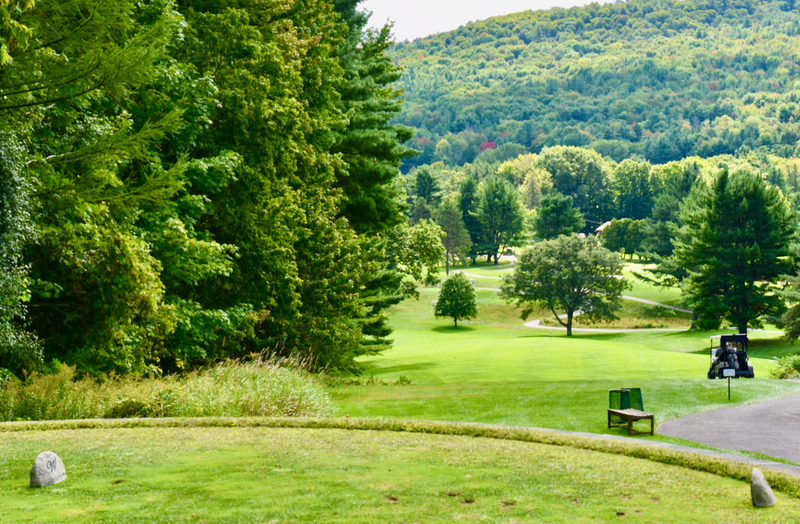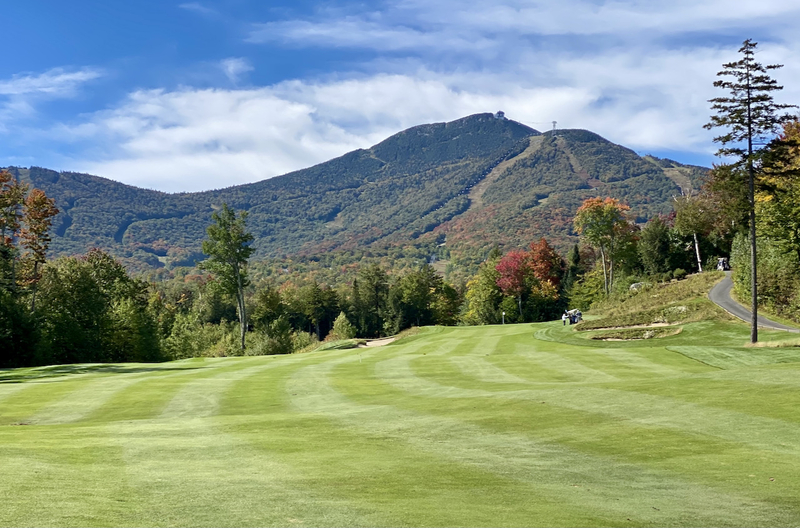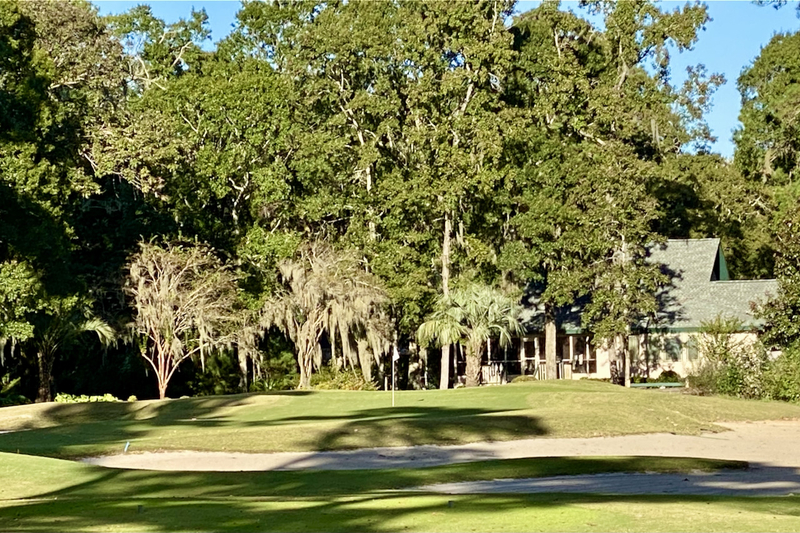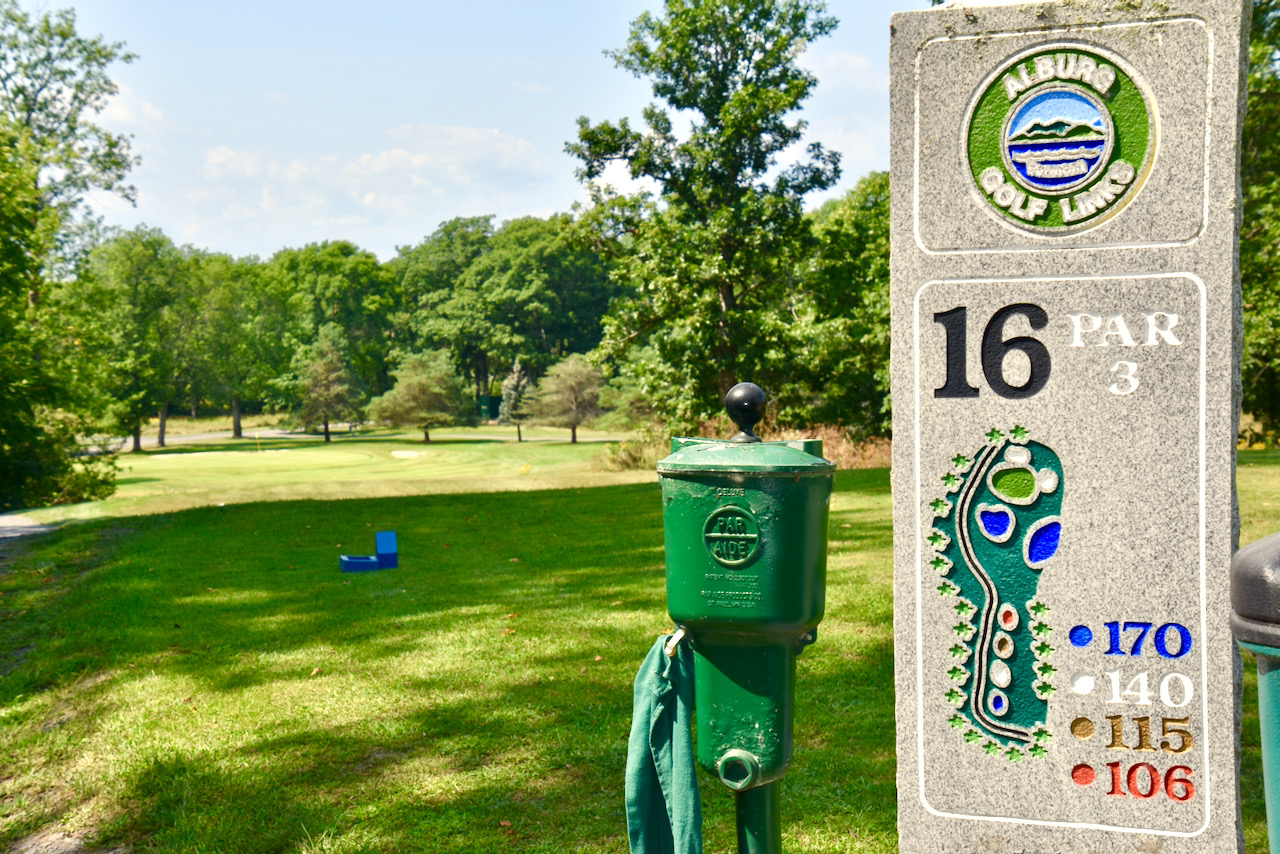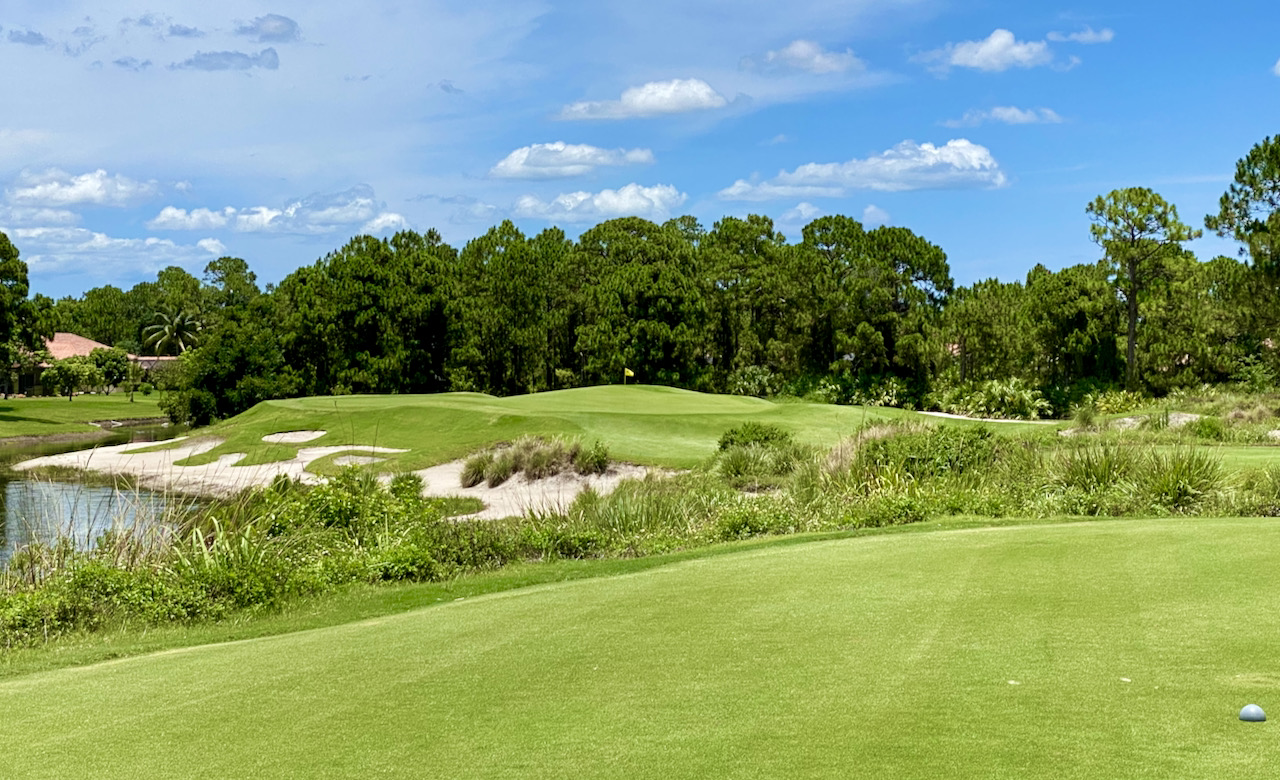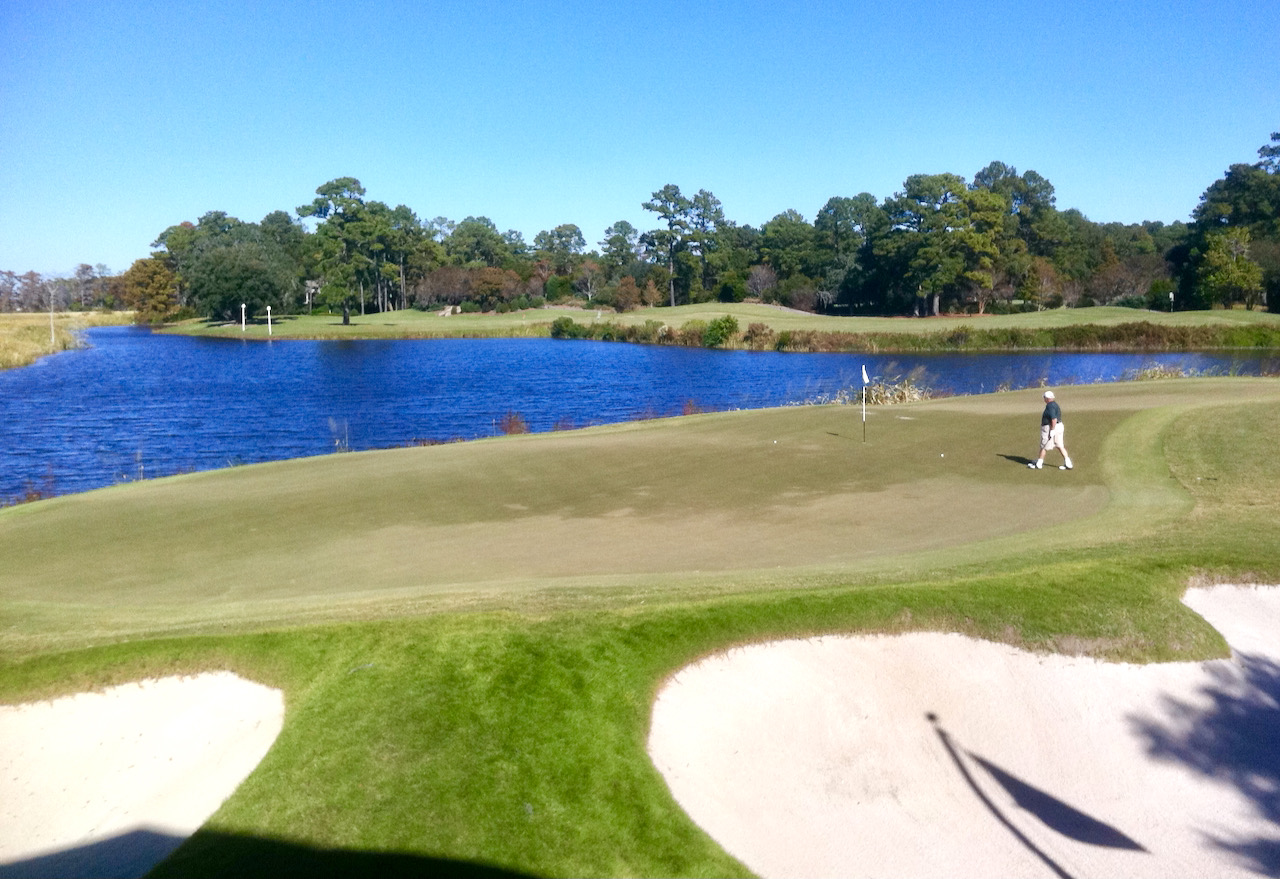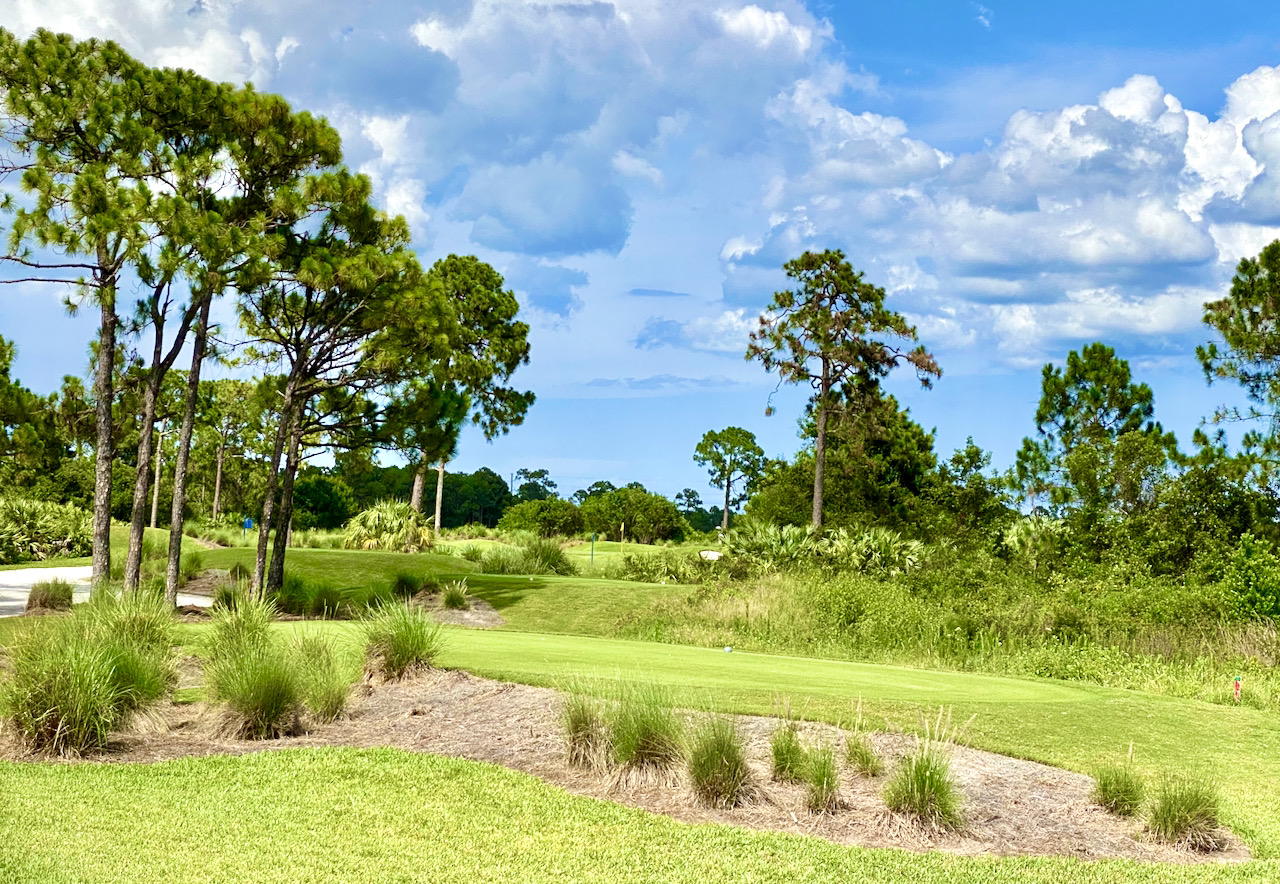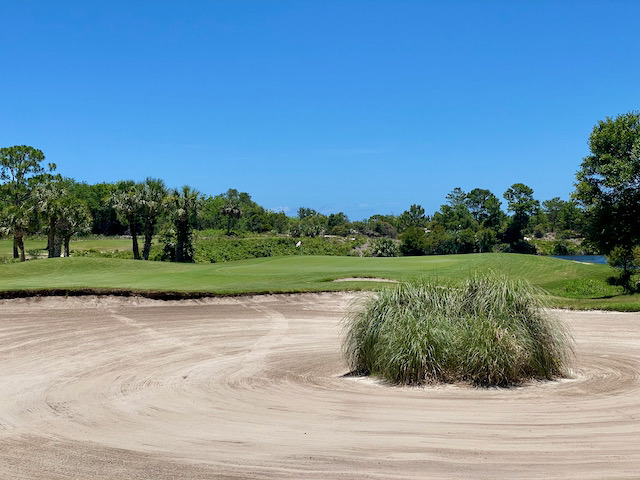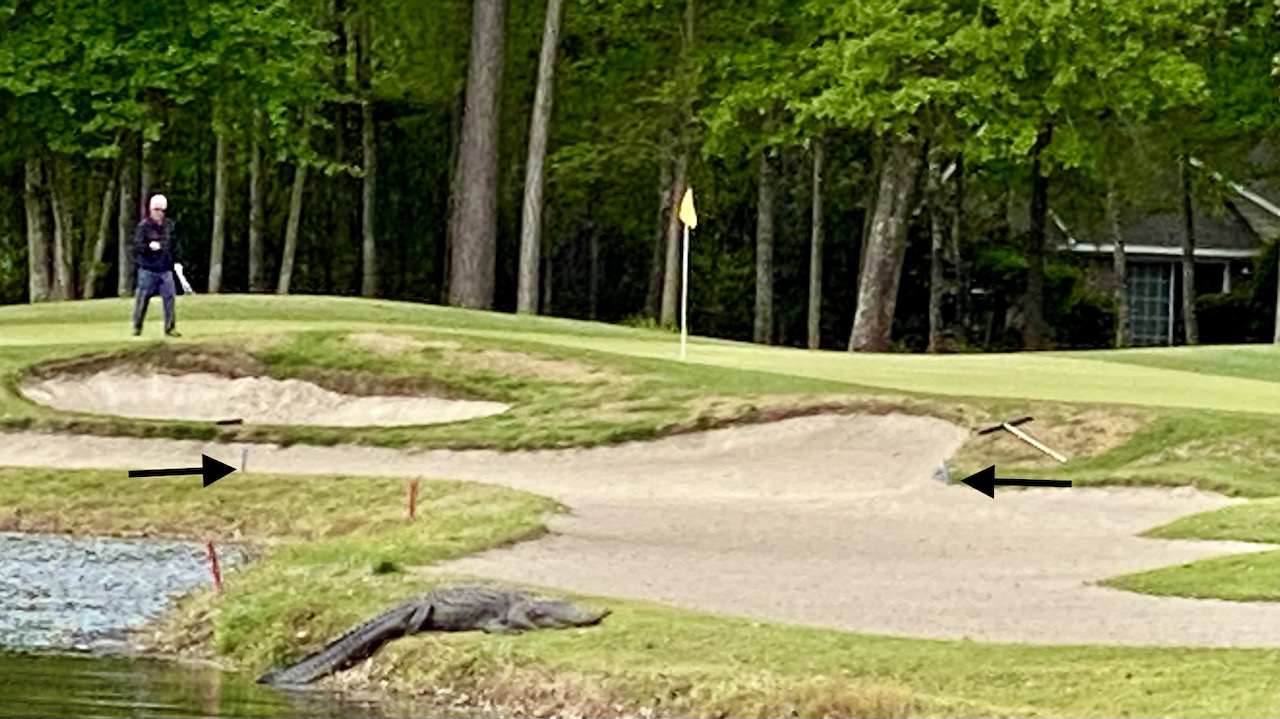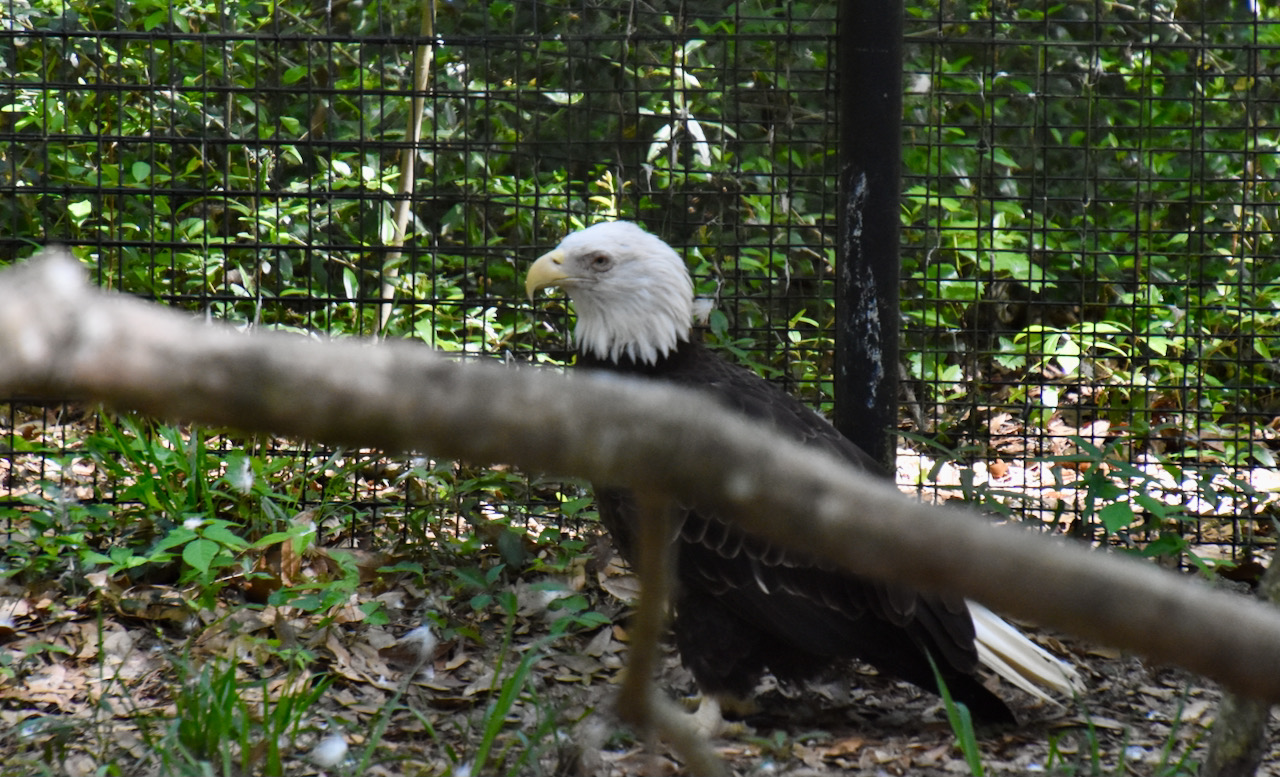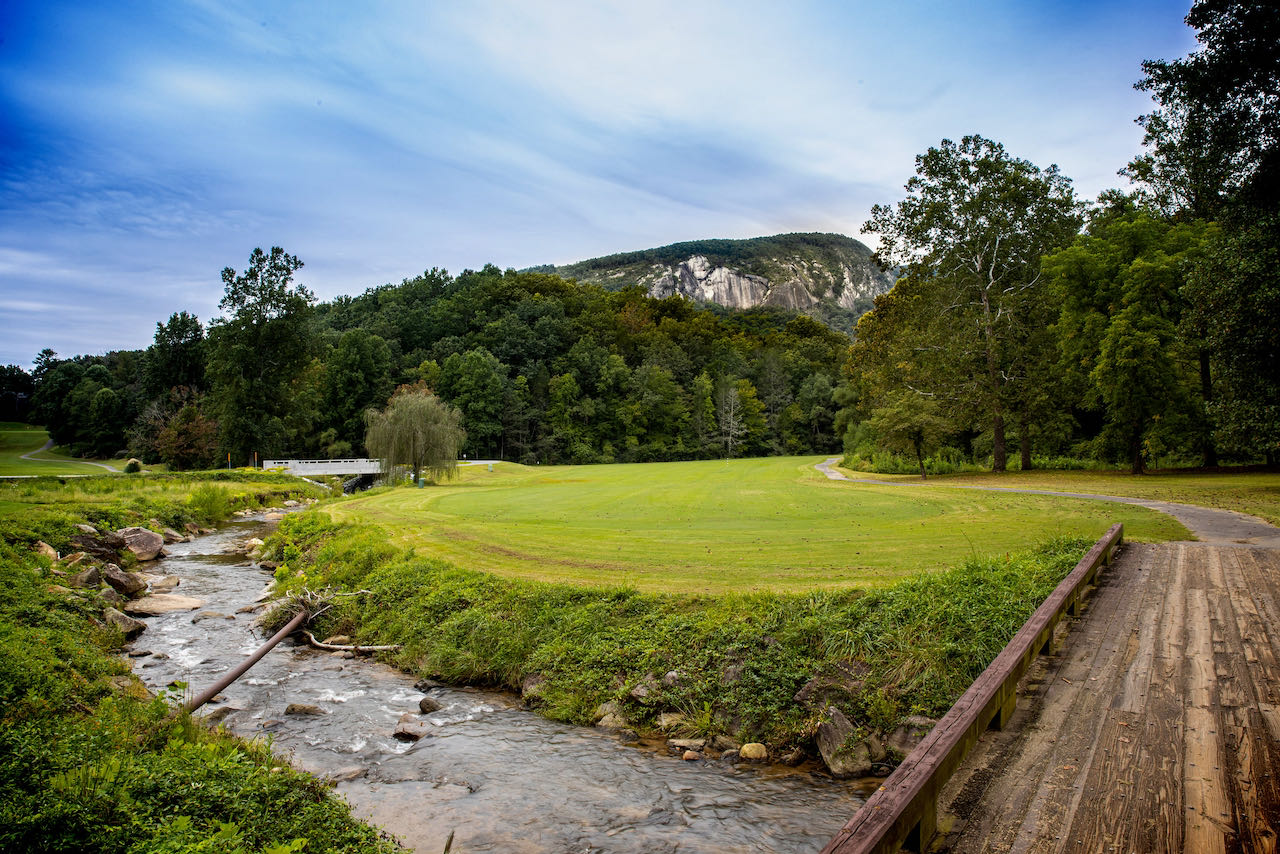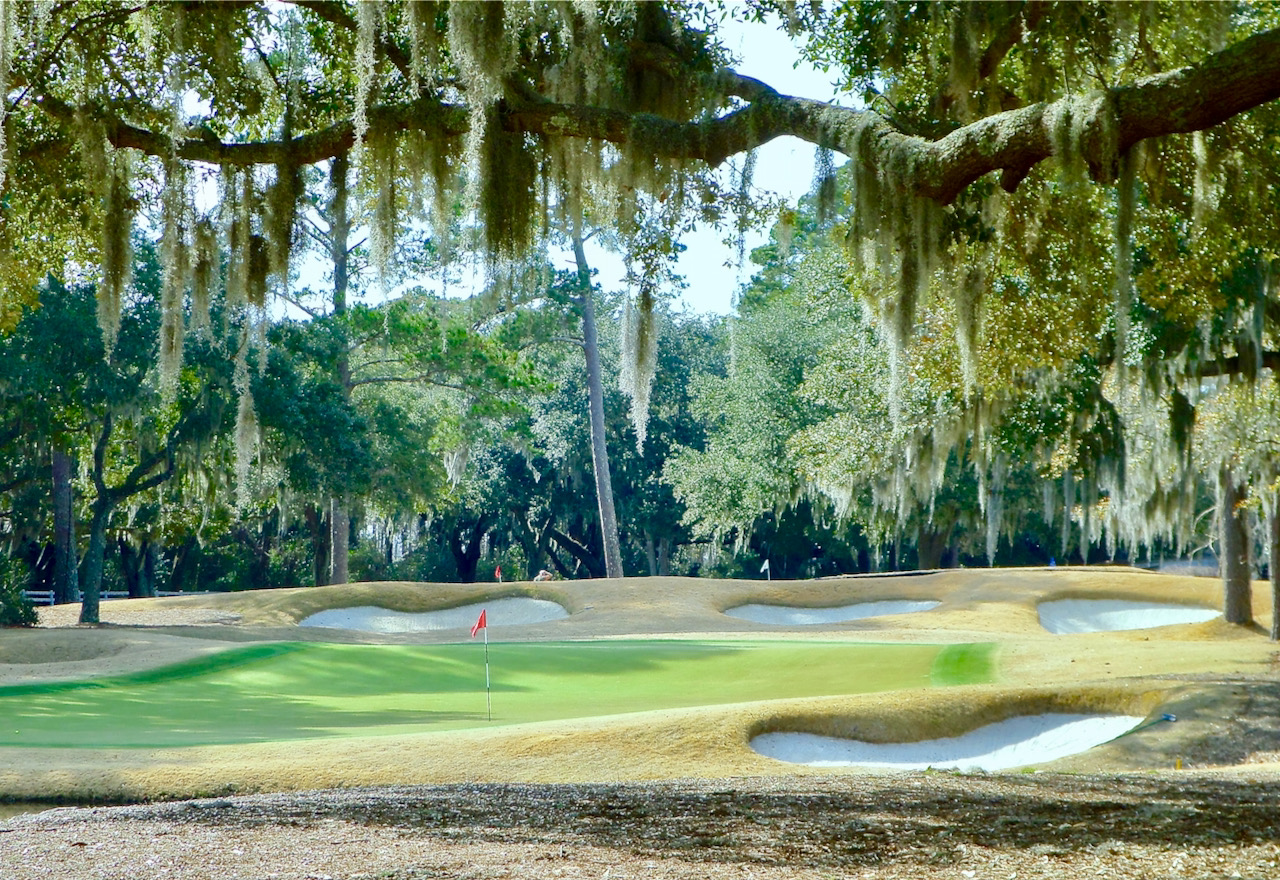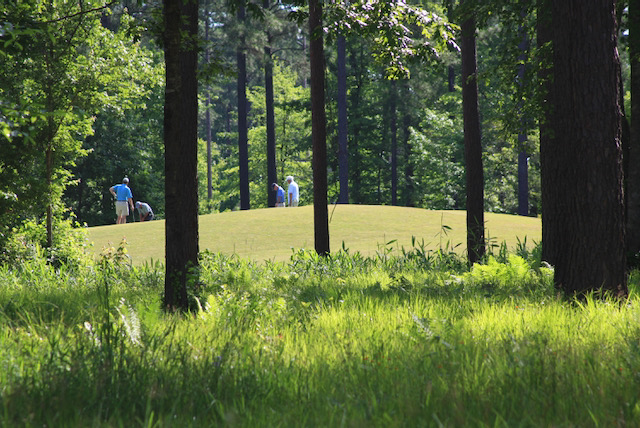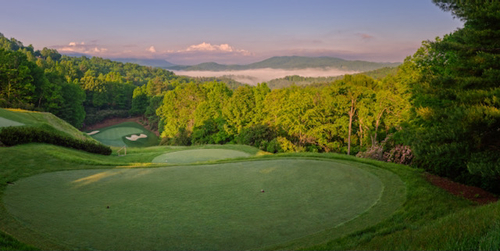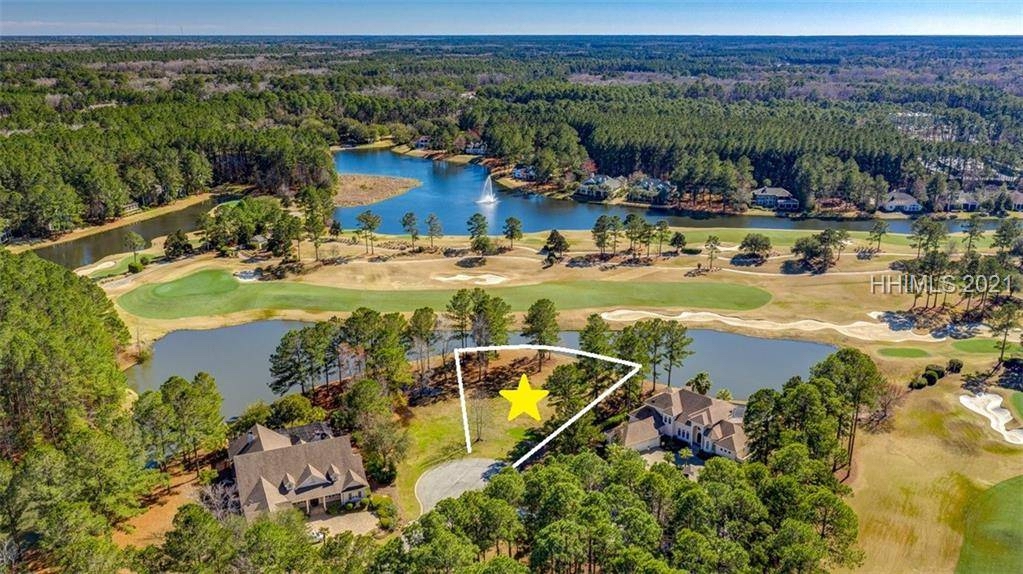
For just $8, I had a perfect seat behind home plate and the protective screen at Coastal Federal Field in Myrtle Beach.
I looked squarely into the face of true retirement yesterday, and it was good.
Like many of you, I can't really see myself retiring fully to a life of pure leisure and hobbies. My work is essentially my hobby. And after working in corporate America for more than 35 years, it is tough to grind to a complete halt; I might complain about the stress I felt in the 9 to 5 world, but the opposite of stress is not, well, to do nothing. (Actually, do you know anyone who really worked 9 to 5? It was more like 7 to 7, if you count commuting time.)
Of course, one great benefit to being totally disengaged from the routine of working even part time is the trade of a scheduled life for one of spontaneous leisure. I had a great example of that yesterday.
I awoke around 7 a.m., put up a pot of coffee and looked outside to find a perfect morning, absolutely a great day for golf. I had nothing scheduled for the day (other than yesterday's article, which was mostly prepared already) and I was in no rush to play (early morning temps were in the 50s, and I was looking forward to 70 later in the morning). I went out to breakfast in Georgetown, SC, at the charming, homey Thomas' Café on Front Street; the crab and shrimp omelet hit the spot as I read the sports section from the Myrtle Beach Sun Times. Myrtle Beach is home to a Single A minor league baseball team - very "minor" for those who know what the Single A league is like - and the Sun Times indicated that the Pelicans were playing a rare morning game, first pitch at 10:35.
perfect morning, absolutely a great day for golf. I had nothing scheduled for the day (other than yesterday's article, which was mostly prepared already) and I was in no rush to play (early morning temps were in the 50s, and I was looking forward to 70 later in the morning). I went out to breakfast in Georgetown, SC, at the charming, homey Thomas' Café on Front Street; the crab and shrimp omelet hit the spot as I read the sports section from the Myrtle Beach Sun Times. Myrtle Beach is home to a Single A minor league baseball team - very "minor" for those who know what the Single A league is like - and the Sun Times indicated that the Pelicans were playing a rare morning game, first pitch at 10:35.
Good days for golf are equally good days for baseball, and how often does one get the chance to watch pro ball before noon? I hustled home to get my camera and headed for the ballpark along with hundreds of others who had the same idea. I asked for a seat behind home plate, up under the press box, and was impressed that it only cost $8, cheap entertainment even on a fixed income. I had the perfect scan of the entire field, and it didn't matter that I was looking through the protective screen. I hoped that a foul ball would bounce off the press box and into my waiting arms - I've snared a foul ball only once in 52 years of attending baseball games - but the closest I came was about five yards away.
The game was not well played - the Pelicans lost to the Winston-Salem Warthogs - but the field was a deep green, the weather was perfect and it was, after all, spring baseball. There is nothing like it, except for maybe that first round of spring golf. But I can always play tomorrow. And although I'm not quite ready to cold turkey retire, yesterday brought me about nine innings closer.







